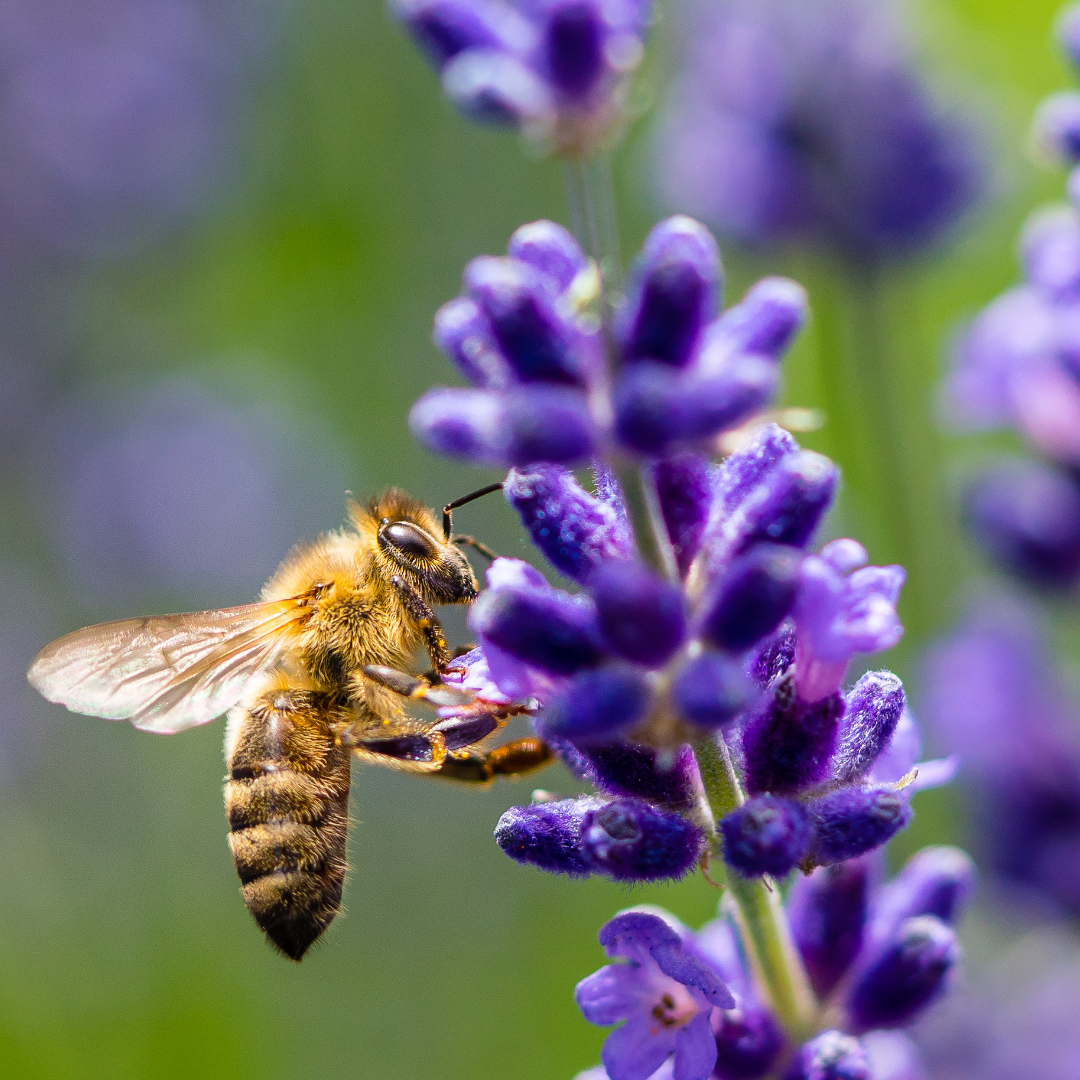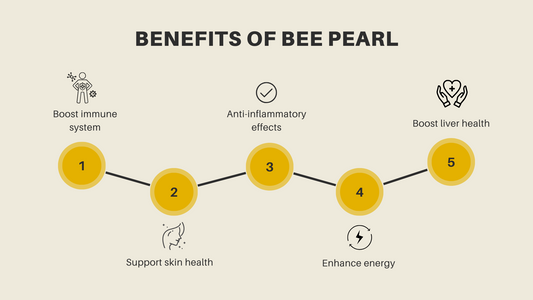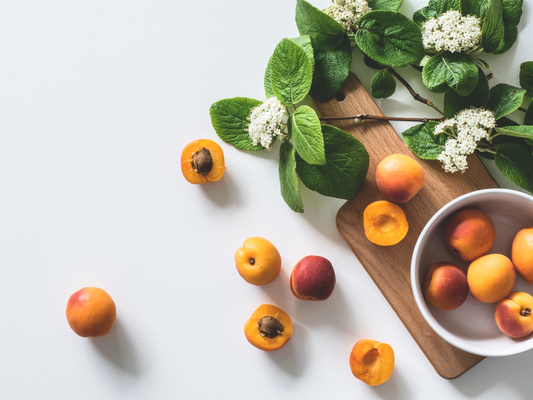Bees and lavender are a natural pair. Bees love the nectar and pollen of lavender flowers, and lavender plants benefit from the pollination services that bees provide. In fact, lavender is one of the best plants for attracting bees to your garden.
Here are some of the reasons why bees and lavender are a perfect match:
- Lavender flowers are a good source of food for bees. Nectar is a sugary liquid that bees use to make honey, and pollen is a powdery substance that bees use to feed their young. Lavender flowers are a good source of both nectar and pollen, so they are a valuable food source for bees.
- Lavender has a calming effect on bees. The scent of lavender is known to have a calming effect on bees. This can help to reduce stress and anxiety, which can be beneficial for bees' health and well-being.
- Lavender plants are attractive to bees. The bright purple flowers of lavender are easy for bees to see, and the sweet scent of lavender is attractive to bees. Bees are attracted to bright colors and sweet scents, so lavender plants are a natural magnet for bees.
- Lavender plants are easy to grow. Lavender plants are relatively easy to grow, and they can be grown in a variety of climates. Lavender plants prefer full sun and well-drained soil, and they should be watered regularly.
- Lavender plants are beneficial to the environment. Lavender plants are a good source of nectar and pollen for bees, and they help to attract other pollinators to the garden. Pollinators are essential for the pollination of plants, which is necessary for the production of food.
If you are looking for a way to attract bees to your garden, lavender is a great option. Lavender plants are easy to grow, they are attractive to bees, and they are beneficial to the environment.
Here are some tips for attracting bees to your lavender garden:
- Plant several lavender plants. The more lavender plants you have, the more bees you will attract.
- Plant lavender in a sunny spot. Lavender plants need full sun to thrive.
- Plant lavender in well-drained soil. Lavender plants do not like soggy soil.
- Water lavender plants regularly. Lavender plants need to be watered regularly, especially during hot, dry weather.
- Avoid using pesticides and herbicides in your lavender garden. Pesticides and herbicides can harm bees.
- Let some of the lavender flowers go to seed. The seeds will attract bees and other pollinators.
By following these tips, you can attract bees to your lavender garden and help to support these important pollinators.
Here are some additional facts about bees and lavender:
- Lavender flowers are typically purple, but they can also be white, pink, or blue. The flowers bloom in the summer and are a popular source of nectar for bees.
- Lavender is a drought-tolerant plant. It does not need a lot of water to thrive. Lavender plants prefer well-drained soil and full sun.
- Lavender is a versatile plant. It can be used in a variety of ways, including as a culinary herb, a medicinal herb, a natural insect repellent, and a fragrant addition to any garden.
- Lavender is a popular plant for beekeepers. Beekeepers often plant lavender in their apiaries to attract bees. Lavender is a good choice for beekeepers because it is easy to grow and it is a good source of food for bees.
In addition to being a beautiful and fragrant addition to any garden, lavender is also a valuable resource for bees. By planting lavender in your garden, you can help to provide food and habitat for these important pollinators.




